Joseph Rudnick, George Gaspari0521828910, 9780521828918, 0521535832, 9780521535830
Table of contents :
Cover……Page 1
Half-title……Page 3
Title……Page 5
Copyright……Page 6
Dedication……Page 7
Contents……Page 9
Preface……Page 13
1.1 The simplest walk……Page 19
1.2 Some very elementary calculations on the simplest walk……Page 23
1.3.1 Derivation of Stirling’s formula……Page 28
1.4 Recursion relation for the one-dimensional walk……Page 31
1.5 Backing into the generating function for a random walk……Page 33
1.5.1 More on generating functions: analytical structure……Page 36
1.5.2 Moments of the random walk……Page 37
1.6 Supplement: method of steepest descents……Page 38
2.1.1 What is a generating function?……Page 43
Why use generating functions?……Page 44
Statistical mechanics: the generating function as the ultimate goal of an investigation……Page 45
2.1.2 Generating function for a random walk on a lattice……Page 46
Translational symmetry and spatial Fourier transform……Page 49
Simple cubic lattice……Page 50
2.1.3 Asymptotic behavior of C(N; x, y) for long walks……Page 51
The Gaussian limit……Page 52
2.1.4 Sources of universality……Page 53
Off-lattice walkers……Page 54
2.1.5 Gaussian walks, the continuum limit, and diffusion……Page 56
2.1.6 Summing up……Page 58
2.2 Supplement 1: Gaussian integrals……Page 59
2.3.1 On Fourier transforms……Page 60
2.3.2 Infinite lattices; Fourier expansions……Page 62
2.3.3 Plane wave expansions; finite lattices……Page 64
2.4 Supplement 3: asymptotic coefficients of power series……Page 65
2.4.2 Two or more simple poles……Page 66
2.4.3 Higher order poles and branch points……Page 67
2.4.4 Logarithmic singularities……Page 68
3.2 A new generating function……Page 69
3.3 Derivation of the new generating function……Page 70
3.4 Dimensionality and the probability of recurrence……Page 73
3.5 Recurrence in two dimensions……Page 76
3.6 Recurrence when the dimensionality, d, lies between 2 and 4……Page 78
3.7 The probability of non-recurrence in walks on different cubic lattices in three dimensions……Page 80
3.8 The number of sites visited by a random walk……Page 81
4 Boundary conditions, steady state, and the electrostatic analogy……Page 87
4.1.1 The image walker……Page 88
4.1.2 Confinement to a one-dimensional region……Page 91
4.1.3 Limiting cases……Page 94
4.1.4 Confinement in a sphere……Page 97
4.2 Random walk in the steady state……Page 100
4.2.1 Fick’s law and the random walk……Page 101
4.2.2 Solution for c(r) in the presence of a localized source……Page 104
4.2.3 Steady state distribution of walkers near an absorbing wall……Page 105
4.2.4 Walkers near an absorbing sphere……Page 107
4.2.6 A sphere covered with receptors……Page 109
4.3 Supplement: boundary conditions at an absorbing boundary……Page 111
5.1 The biased random walk……Page 113
5.1.1 A biased walk in three dimensions……Page 115
5.2 The persistent random walk……Page 116
5.2.2 Persistent walks in the diffusion limit: the one-dimensional persistent walk and the Telegrapher’s equation……Page 121
Calculation of the distribution Sigma(x, t)……Page 123
5.2.3 Persistent walks in two dimensions……Page 127
5.2.4 The explicit form of the operator Gamma……Page 128
5.3 The continuous time random walk……Page 136
6.1 The notion and quantification of shape……Page 145
6.1.1 Anisotropy of a random walk……Page 146
6.1.2 Measures of the shape of a walk……Page 147
6.1.3 The radius of gyration tensor……Page 148
6.1.4 Eigenvalues of the matrix T: the asphericity of a random walk……Page 149
6.2 Walks in…dimensions……Page 153
6.2.2 The eigenvalue structure of T in high dimensionality……Page 160
6.2.3 Diagrammatic expansion……Page 162
6.2.4 The 1/d expansion……Page 165
6.2.5 Accuracy of the 1/d expansion……Page 167
6.2.6 Prediction of the distribution of the principal radii of gyration……Page 170
6.2.7 Shape of a self-avoiding random walk……Page 171
6.4 Supplement 1: principal radii of gyration and rotational motion……Page 172
6.4.1 Just a little bit more on the meaning of the operator T……Page 176
6.5.1 The average………Page 177
6.5.2 Calculation of the asphericity……Page 179
Diagram (b)……Page 180
6.5.4 The ratios……Page 182
6.6 Supplement 3: derivation of (6.21) for the radius of gyration tensor, T, and the eigenvalues of the operator……Page 183
7 Path integrals and self-avoidance……Page 185
7.1 The unrestricted random walk as a path integral……Page 186
7.2 Self-avoiding walks……Page 189
7.2.2 Path integral revisited: self-avoidance……Page 190
Expansion in self-avoidance……Page 192
7.2.3 Perturbation theoretical expansion of the generating function……Page 194
Diagrammatic rules……Page 195
7.2.4 Dyson’s equation……Page 200
7.2.5 Breakdown of perturbation theory……Page 202
7.2.6 Mean field theory……Page 204
7.2.7 Flory’s argument……Page 209
8.1 Universality……Page 211
8.1.1 Non-Gaussian behavior……Page 212
8.1.2 Analytic structure, scaling, and the role of spatial dimensionality……Page 213
Steepest-descents evaluation of an integral……Page 216
8.1.3 Scaling and dimensionality: rederivation of Flory’s exponent……Page 217
9.1 Scaling and the random walk……Page 221
9.2 Critical points, scaling, and broken symmetries……Page 222
9.2.1 The O(n) model……Page 223
9.2.2 Symmetries, respected and broken……Page 224
Phase diagram and power law behavior of thermodynamic functions……Page 226
9.2.3 Scaling laws……Page 229
Source of the thermodynamic scaling laws……Page 230
Relationships coupling thermodynamic and correlation function exponents……Page 231
9.3 Ginzburg–Landau–Wilson effective Hamiltonian……Page 233
9.3.1 Mean field approximation to the effective Hamiltonian……Page 234
9.4 Scaling and the mean end-to-end distance;………Page 236
9.5 Connection between the O(n) model and the self-avoiding walk……Page 237
9.5.1 Path integral reduction of the matrix element……Page 242
9.6 Supplement: evaluation of Gaussian integrals……Page 245
9.6.1 Gaussian averages and Wick’s theorem……Page 247
10.1.1 Outline of the chapter……Page 251
10.2 The mean field theory of the O(n) model……Page 254
10.3 Fluctuations: low order spin wave theory……Page 257
10.3.1 The condensed phase – compact walks……Page 264
10.4 The correlation hole……Page 269
11.1 Scale invariance in mathematics and nature……Page 273
11.1.1 Mathematical scale invariance: fractals……Page 274
The Koch curve……Page 275
11.1.2 Examples of the statistical mechanical renormalization group. The mean field magnet and the Gaussian model……Page 279
11.2 More on the renormalization group: the real space method……Page 282
11.2.1 The momentum shell renormalization group method……Page 290
11.2.2 The continuous renormalization group……Page 293
11.3.1 Block spins……Page 295
12.1 The momentum-shell method……Page 303
12.2.1 Renormalized Ising Hamiltonian……Page 304
12.2.2 Momentum-shell thinning out of degrees of freedom……Page 305
12.2.4 How to properly eliminate degrees of freedom……Page 306
12.2.5 Renormalization group recursion relations……Page 314
12.2.6 Correlation length and the critical exponent, v……Page 316
12.3 The O(n) model: diagrammatics……Page 318
12.3.1 r-renormalization……Page 319
12.4 O(n) recursion relations……Page 320
12.5 The diagrammatic method……Page 322
12.6 Diagrammatic analysis: the two-point correlation function……Page 324
12.6.1 The renormalized fourth order coupling……Page 328
12.6.2 Construction of a complete, self-consistent diagrammatic method based on the above results……Page 332
Counterterms……Page 333
12.7 Supplement: linked cluster expansion……Page 335
References……Page 341
Index……Page 345
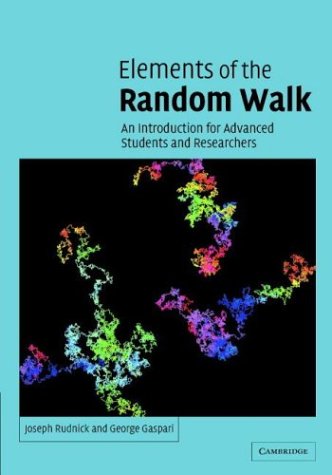
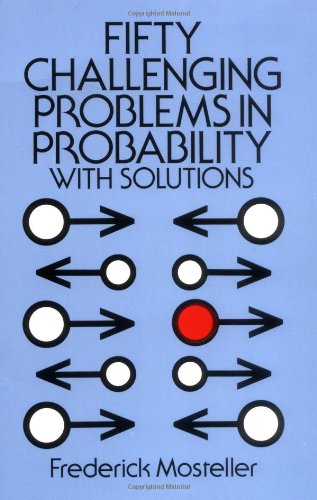

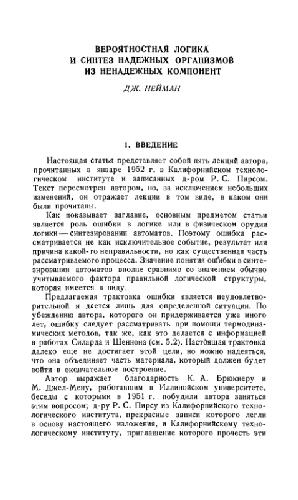
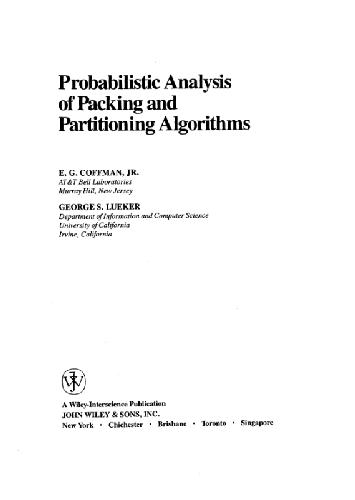
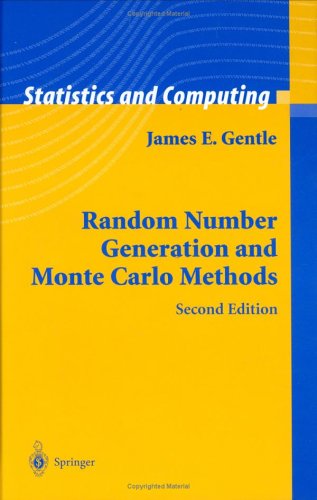

Reviews
There are no reviews yet.